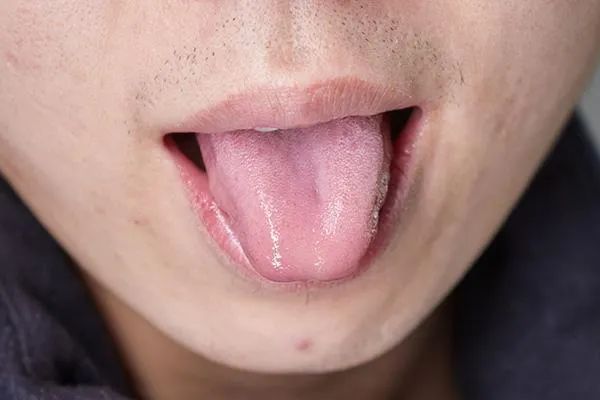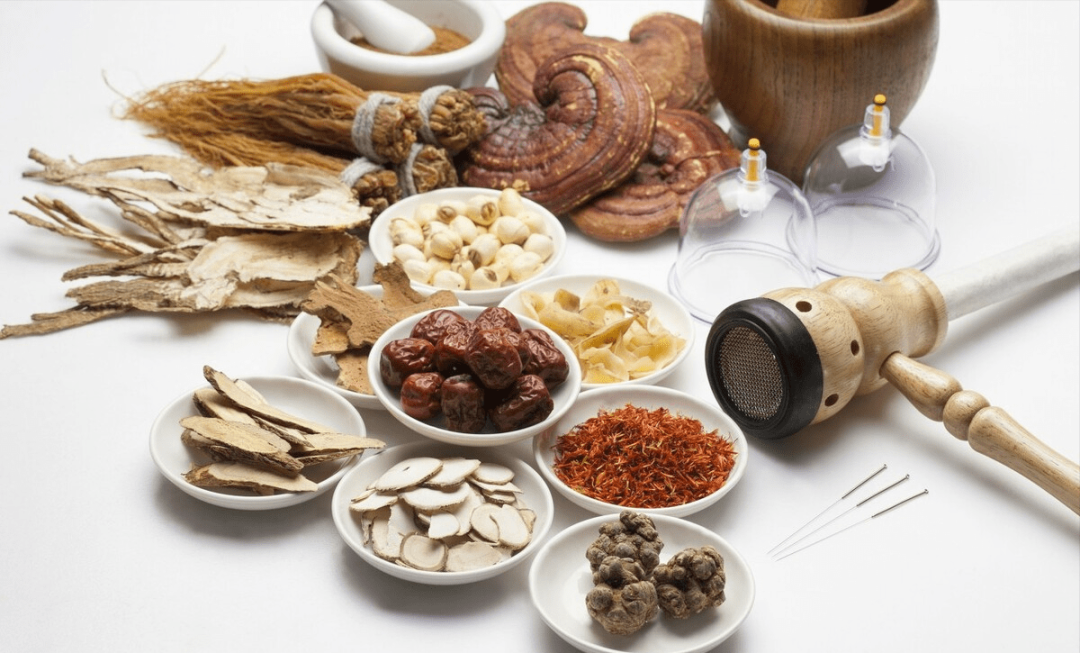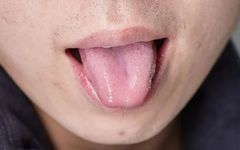
Kidney Yin Deficiency and Kidney Yang Deficiency
How to Differentiate
Tianjin Sunshine Urology Hospital Health Science Popularization

In Traditional Chinese Medicine (TCM), kidney deficiency is a common syndrome, and kidney yin deficiency (shèn yīn xū) and kidney yang deficiency (shèn yáng xū) are two different types of kidney deficiency. Although both present symptoms of kidney deficiency, they have significant differences in etiology, clinical manifestations, and treatment methods. Below, we will detail how to differentiate between kidney yin deficiency and kidney yang deficiency based on facial complexion, mental state, physical symptoms, tongue appearance, and pulse condition.
1. Facial Complexion

Patients with kidney yin deficiency often have a flushed complexion, with abnormal redness on the cheeks, due to the deficiency of yin fluids and the disturbance of internal heat. In contrast, patients with kidney yang deficiency present with a pale complexion, lacking luster, which is due to insufficient yang energy that fails to warm the body.
2. Mental State

Patients with kidney yin deficiency may experience irritability, insomnia with vivid dreams, and emotional instability, which is due to the excess heat from yin deficiency disturbing the heart spirit. Conversely, patients with kidney yang deficiency exhibit mental fatigue, lethargy, and excessive sleepiness, resulting from insufficient yang energy that fails to warm the body and maintain its functions.
3. Physical Symptoms

Patients with kidney yin deficiency may experience body heat, especially more pronounced in the afternoon or at night, along with symptoms such as night sweats, lower back and knee soreness, dizziness, tinnitus, and dark yellow urine. In contrast, patients with kidney yang deficiency may feel cold intolerance, cold hands and feet, lower back and knee soreness and pain, increased nighttime urination, decreased libido, and in men, potential impotence or premature ejaculation, while women may experience cold uterus and infertility.
4. Tongue Appearance

Patients with kidney yin deficiency typically have a red tongue with little or no coating, due to insufficient yin fluids failing to nourish the tongue. In contrast, patients with kidney yang deficiency present with a pale, swollen tongue with a white, slippery coating, due to insufficient yang energy and internal dampness.
5. Pulse Condition

Patients with kidney yin deficiency have a rapid and thin pulse, akin to a taut thread beating quickly, due to excess heat from yin deficiency and insufficient blood flow. In contrast, patients with kidney yang deficiency exhibit a deep, weak pulse that requires firm pressure to feel, due to insufficient yang energy and weak blood circulation.
Caring for Health, Many Benefits
Through the analysis of the five aspects above, we can preliminarily differentiate between kidney yin deficiency and kidney yang deficiency. However, it is important to note that TCM diagnosis is a comprehensive process, and relying solely on individual symptoms or signs often makes accurate diagnosis difficult. Therefore, in practical applications, it is necessary to combine the patient’s medical history, constitution, lifestyle habits, and other information for a comprehensive analysis.

Additionally, TCM emphasizes syndrome differentiation and treatment, meaning that different treatment methods should be applied based on different syndrome types. Patients with kidney yin deficiency can use herbs such as Zhi Bai Di Huang Wan (Anemarrhena and Rehmannia Pill) and Liu Wei Di Huang Wan (Six Flavor Rehmannia Pill) under the guidance of a physician to nourish yin and support the kidneys; while patients with kidney yang deficiency can use Jin Gui Shen Qi Wan (Kidney Qi Pill) and You Gui Wan (Right Return Pill) to warm and tonify kidney yang.

The differentiation between kidney yin deficiency and kidney yang deficiency requires a comprehensive consideration of multiple aspects of information and should be diagnosed and treated under the guidance of a physician. At the same time, maintaining good lifestyle habits and mindset, along with appropriate physical exercise, are also important measures for preventing and treating kidney deficiency.


